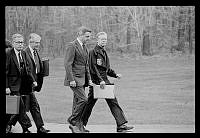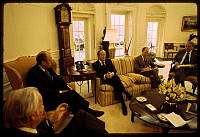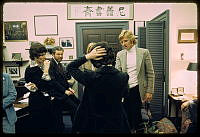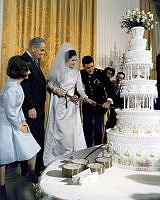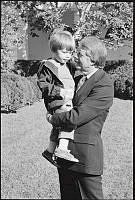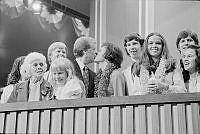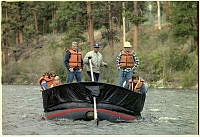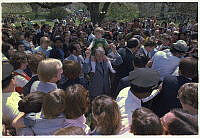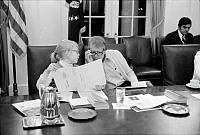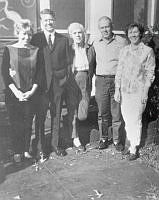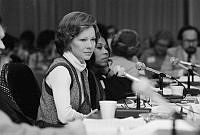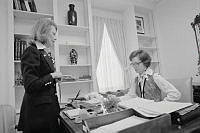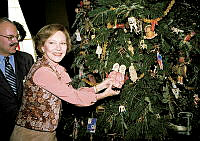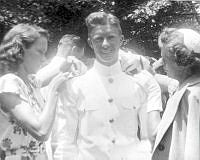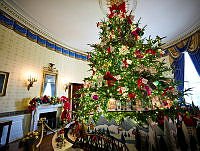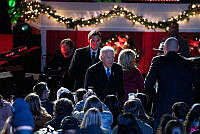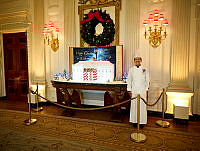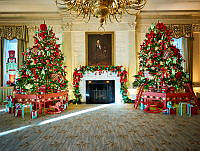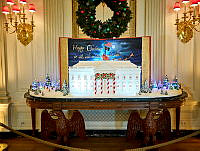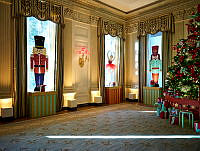John Quincy Adams

On July 11, 1767, John Quincy Adams was born in Braintree, Massachusetts to Abigail and John Adams. Over the course of his lifetime, Adams witnessed the American Revolution, the evolution of the new nation, and the crawl toward civil war—almost his entire life was devoted to public service. While he is remembered as vocal opponent of slavery, the reality was more complicated.
Adams began his diplomatic training at ten years old, when he traveled to Europe with his father. In 1781, he made his way east to Russia to serve as secretary and translator for diplomat Francis Dana. Two years later, he returned to Paris, this time as his father’s official secretary during negotiations to end the Revolutionary War. While in Europe, he attended school and gained fluency in French, Dutch, and German. When he returned home in 1785, he quickly completed his training at Harvard and graduated two years later.
Adams spent a few years working as a lawyer before President George Washington appointed him U.S. Minister to Holland. He followed that diplomatic appointment with another in Prussia during his father’s presidency. Before traveling to Prussia, Adams married Louisa Catherine Johnson, the daughter of the first U.S. Consul to Great Britain. John Quincy and Louisa Catherine had four children together.
When Thomas Jefferson defeated John Adams in the presidential election of 1800, Adams resigned and returned home to run for a seat in the Massachusetts legislature. In 1803, he was appointed to the U.S. Senate, where he bucked party lines, sided with Jefferson, and supported the Louisiana Purchase. In return for his allegiance to the Democratic-Republican Party, President James Madison appointed Adams as the first official U.S. Minister to Russia. While abroad, he negotiated the Treaty of Ghent, which ended the War of 1812, and served as the U.S. minister to Great Britain.
When the Adamses returned to Washington, D.C. in 1817, John Quincy Adams served as secretary of state for President James Monroe. He authored the Monroe Doctrine, which declared the United States’ intention to resist European intervention in Latin America. He worked to acquire Florida for the United States and improve Anglo-American relations by settling the border dispute in Oregon Country. He was one of the most accomplished and successful secretaries of state in American history.
During the Adamses’s time abroad, slavery had expanded into most homes and the District was a thriving hub for the domestic slave trade. The Adamses first rented a home, before purchasing a house at 244 F Street, previously occupied by President James Monroe. They were surrounded by enslaved people and the slave trade. They lived one block from the Washington jail that served as a prison and slave pen; their close friends and neighbors owned enslaved people; and they attended parties and diplomatic events hosted by many prominent slave-owning families, including the Tayloes and Calhouns—parties made possible by enslaved labor.
In 1824, Adams won a bitter election over Andrew Jackson. As president, Adams advocated for internal improvements, such as a national road and a network of canals. Most of his proposals were ahead of his time and rejected by Congress. While the Adamses lived in the White House, Louisa Catherine’s niece and nephew lived with them, and they brought two enslaved people, Holzey and Rachel Clark, that they had inherited from their father. While Adams opposed slavery as a political issue, the enslaved individuals inherited by his niece and nephew likely offered a relationship of convenience—he did not have to purchase them, he did not have to pay someone for their labor, and he avoided hiring additional wage-earning servants. Click here to learn more about the enslaved household of President John Quincy Adams.
In 1828, Jackson defeated Adams' reelection, but his retirement from public life was short-lived. Two years later, he ran for a seat in the U.S. House of Representatives and spent the next two decades railing against slavery, the power of the “slaveocracy,” and the gag-rule that stifled debate on the issue in Congress. Because of his age and personal history of service, southerners could not threaten him with physical violence, like they did to other northern congressmen—which Adams knew and enjoyed immensely as he exploited this privileged position. In 1841, he argued in front of the Supreme Court in the United Staes v. Amistad case and won the release of enslaved African captives.
On February 21, 1848, John Quincy Adams suffered a stroke while sitting at his desk on the floor of the House of Representatives. He was moved to the Speaker’s Room in the Capitol Building, when he fell into a coma. He died two days later on February 23, 1848.







